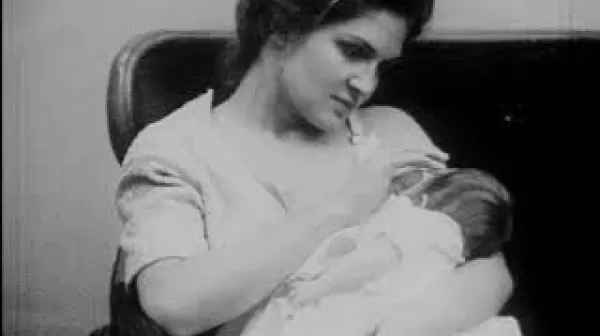For Children Because We Care (USPHS, 1965)
Dr. Benjamin Spock, noted pediatrician, discusses community water fluoridation--its safety, low cost, and effectiveness in reducing dental caries. Advice to parents and facts about community water fluoridation are presented in Dr. Spock's own warm, inimitable manner.










